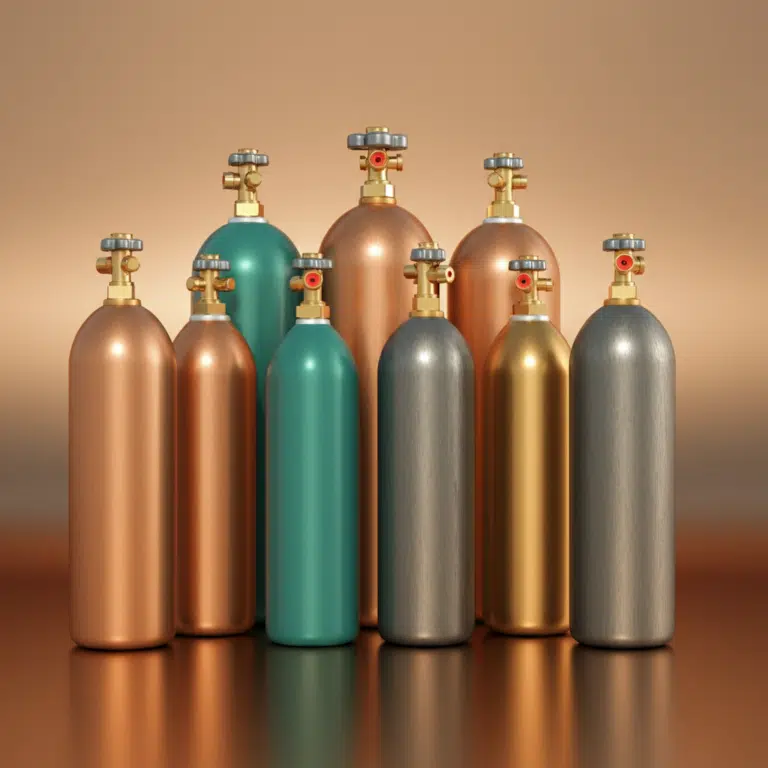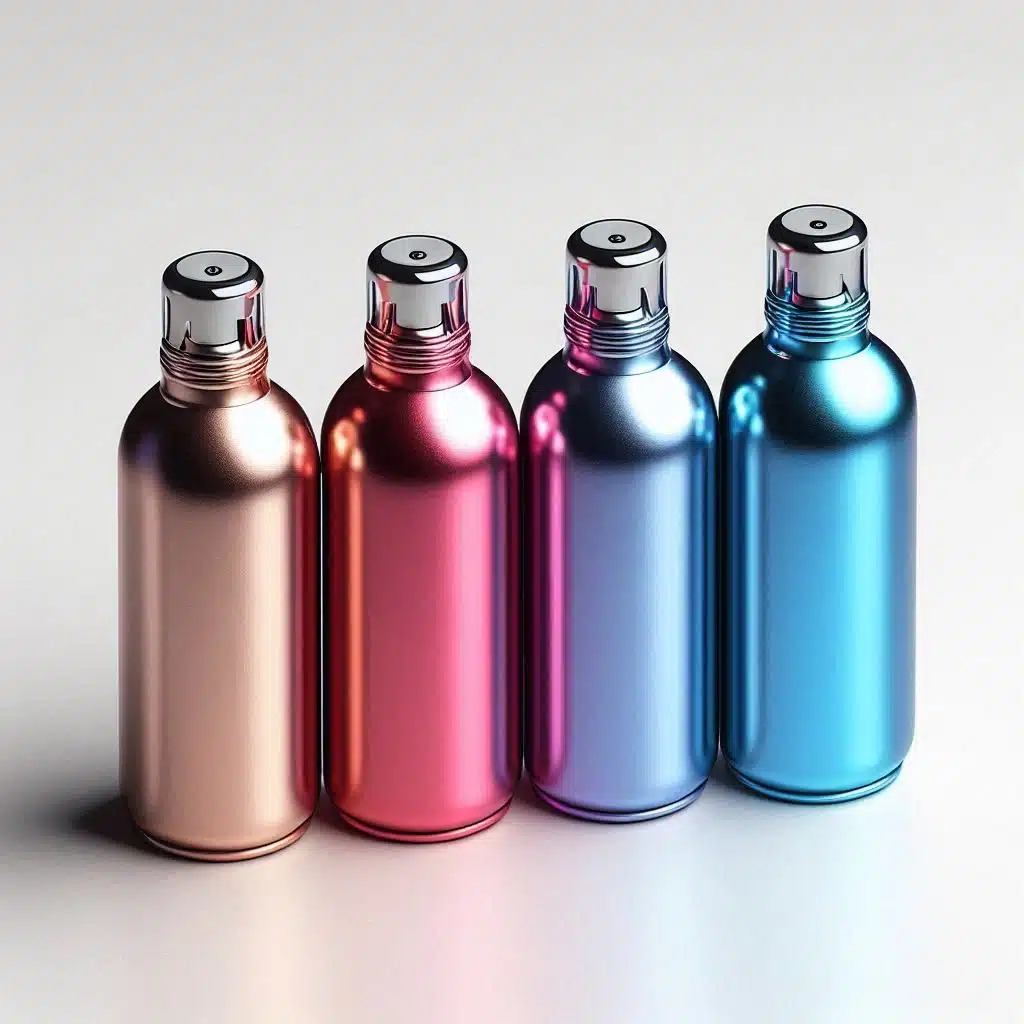Nitrous oxide is a colourless and non-flammable gas with a sweet odour. Well known for its legitimate medical and industrial uses but also has risks when misused. In recent years nitrous oxide has become notorious for its recreational use especially among the young. This article looks at both sides of the gas, the medical and industrial benefits but also the dangers, addiction, overdose and even death.
What is Nitrous Oxide?
Definition and Composition
Nitrous oxide (N₂O) is a chemical compound of two nitrogen atoms and one oxygen atom. As a gas it is known as “laughing gas” due to the euphoric effects when inhaled. Nitrous oxide is a dissociative drug meaning it alters perceptions and can cause hallucinations, changes in consciousness, emotions and thought patterns. Despite its recreational use it is important to remember that nitrous oxide’s original and legitimate uses are due to its properties as a sedative and anaesthetic.
History and Discovery
Nitrous oxide was discovered in 1772 by the English chemist Joseph Priestley who found it to be intoxicating. Initially it was used recreationally at social gatherings and “laughing gas” parties in the 19th century where people would inhale it for entertainment. But its medical uses were soon recognised and it was adopted as a sedative and pain reliever in dentistry and surgery and became an essential tool in the medical field. Today nitrous oxide is still used worldwide but its recreational use has put it under the spotlight.
Limited Edition! Cream Deluxe Black Cobra 666g – Now £21.95
Effects of Nitrous Oxide Use
Short-Term Effects
When inhaled nitrous oxide produces a range of short term effects many of which are why it is misused recreationally. The most common effects are euphoria, relaxation and a sense of disconnection from your surroundings. These effects only last a few minutes so the gas is popular for short bursts of euphoria often at social events.
But nitrous oxide can also produce more unpleasant effects such as dizziness, disorientation and loss of coordination. Because these effects are short lived many users underestimate the dangers of using nitrous oxide recreationally. The short duration of the high encourages repeated use in a short space of time which can have serious health consequences.
Long-Term Effects
Occasional use may seem harmless to some but the long term effects of nitrous oxide can be serious. Chronic use can lead to dependence where the user needs to take more and more to get the same effect. Over time frequent nitrous oxide use can cause a vitamin B12 deficiency which can cause neurological damage. This deficiency is dangerous because it can damage the spinal cord and peripheral nerves and cause permanent problems such as numbness, tingling and even difficulty walking.
Also long term nitrous oxide use has been linked to respiratory problems such as bronchitis and pneumonia as the gas can irritate the lungs and weaken the immune system over time.
Risks and Dangers of Nitrous Oxide
Overdose and Poisoning
Despite its use in medical settings nitrous oxide can still be overdosed. One of the main dangers of excessive nitrous oxide inhalation is oxygen deprivation. When nitrous oxide is inhaled in large quantities it can displace oxygen in the lungs and cause hypoxia, a condition where the brain and other vital organs don’t get enough oxygen. Hypoxia can cause severe brain damage and in extreme cases can be fatal.
An overdose of nitrous oxide can also cause respiratory depression where the body’s breathing slows down dramatically and can cause cardiac arrest or seizures. These life threatening situations are more likely to occur when nitrous oxide is misused with other substances such as alcohol or drugs which can further depress the central nervous system.
Interactions with Other Substances
Nitrous oxide is dangerous when mixed with other substances including medications and recreational drugs. When used with substances that also slow down the central nervous system such as opioids or sedatives the risk of respiratory failure and cardiac complications increases significantly. Also nitrous oxide can interact with people who have pre-existing respiratory or heart conditions making it especially dangerous for those with underlying health issues.

£27.50 Original price was: £27.50.£21.50Current price is: £21.50. inc. VAT
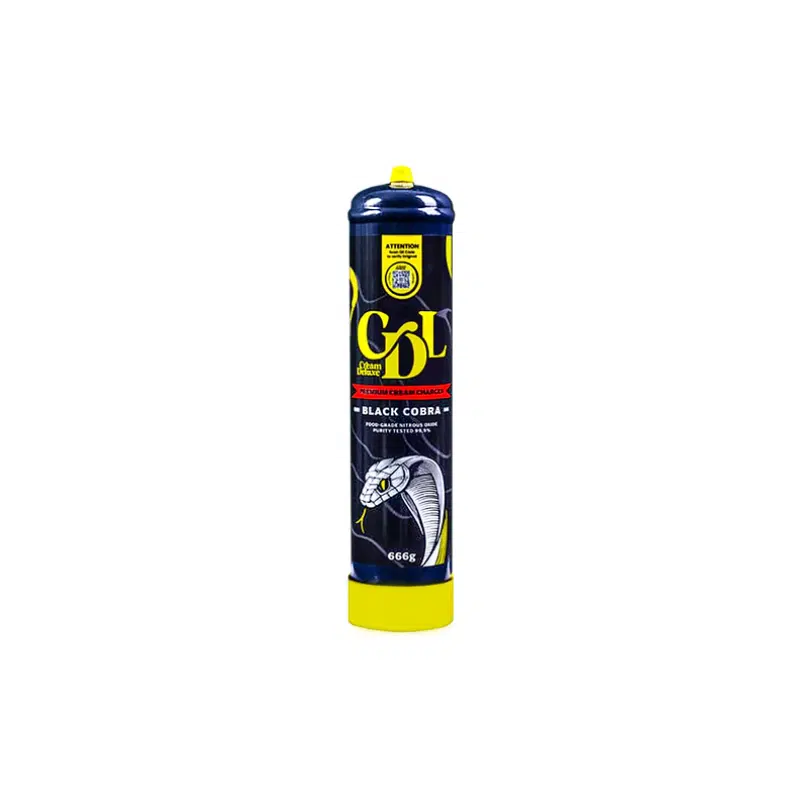
£26.95 Original price was: £26.95.£21.95Current price is: £21.95. inc. VAT

£23.95 Original price was: £23.95.£19.99Current price is: £19.99. inc. VAT

£29.95 Original price was: £29.95.£19.95Current price is: £19.95. inc. VAT

£77.95 Original price was: £77.95.£67.95Current price is: £67.95. inc. VAT
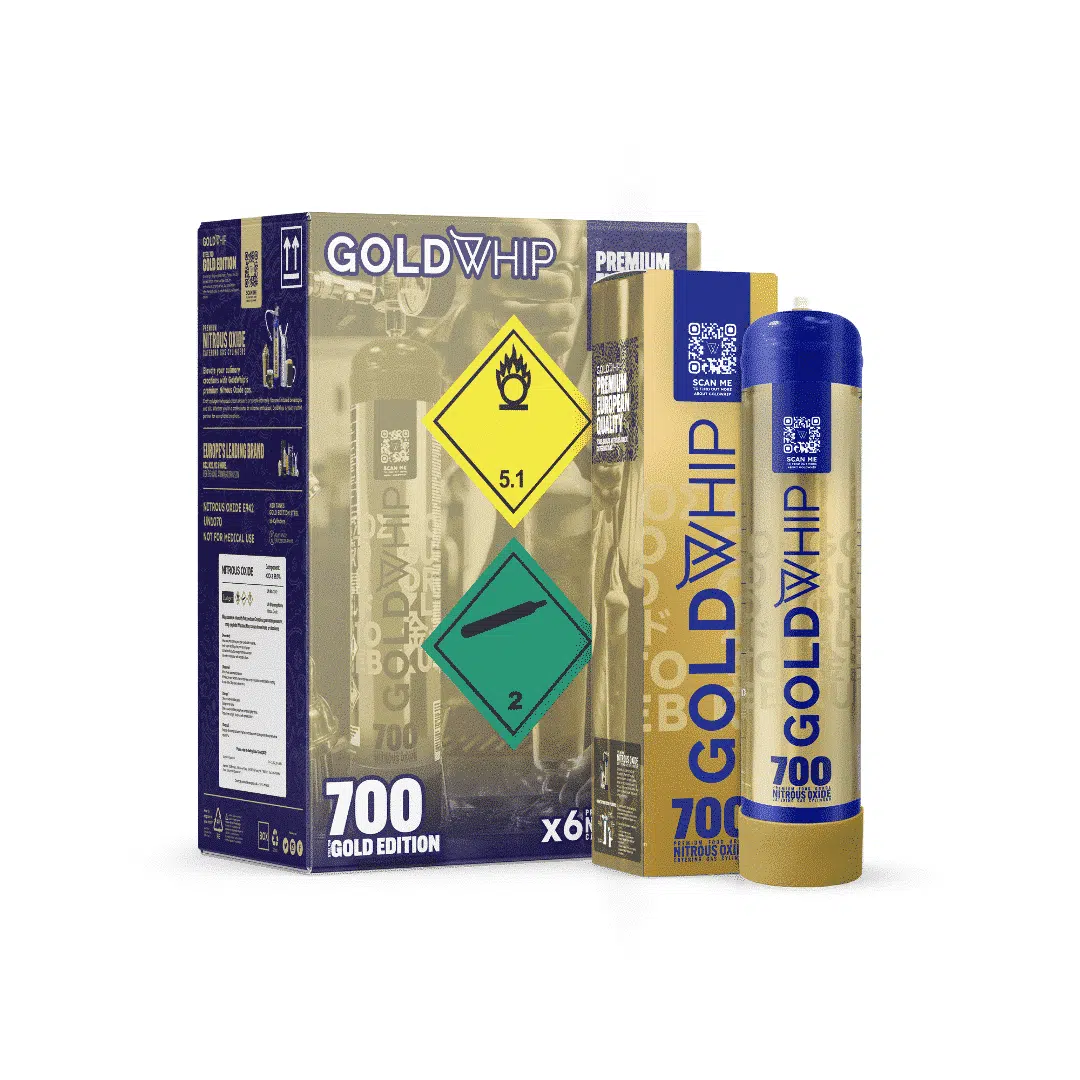
£27.95 Original price was: £27.95.£19.99Current price is: £19.99. inc. VAT

£24.98 Original price was: £24.98.£20.98Current price is: £20.98. inc. VAT

£36.95 Original price was: £36.95.£26.95Current price is: £26.95. inc. VAT
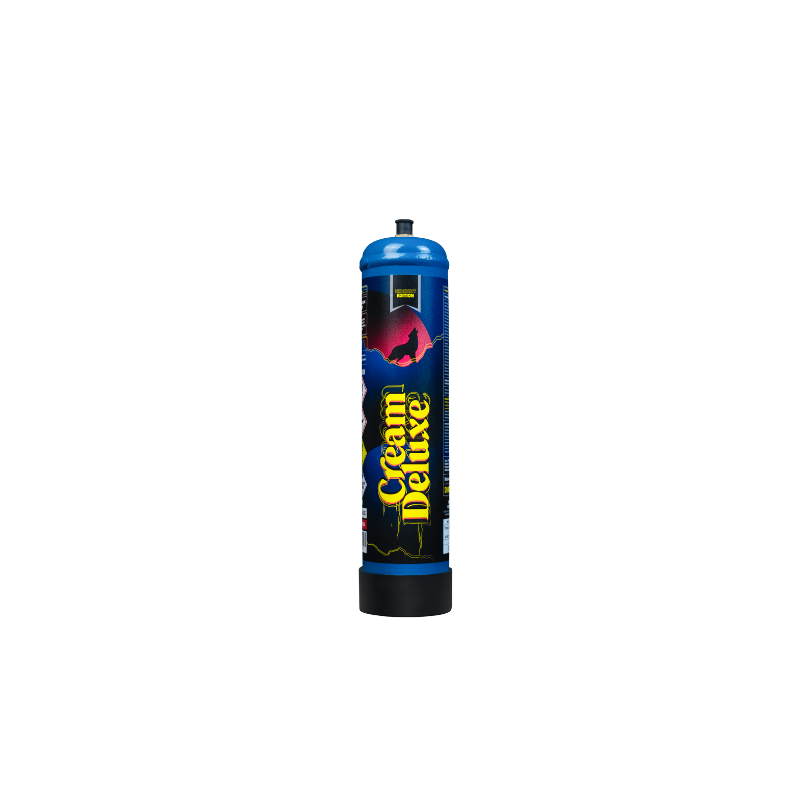
£24.95 Original price was: £24.95.£20.50Current price is: £20.50. inc. VAT

£35.00 Original price was: £35.00.£27.95Current price is: £27.95. inc. VAT
Legal Use of Nitrous Oxide
Despite the dangers nitrous oxide has legal uses in medical and industrial settings. Its benefits in these areas are undeniable as it serves purposes that can’t be replaced.
Medical Applications
In medicine nitrous oxide is used as a sedative and pain reliever. It’s used during dental procedures especially in pediatric dentistry where it helps calm anxious patients and relieve pain. Also nitrous oxide is used during surgical procedures as part of anesthesia because it reduces the amount of other stronger anesthetics required and overall risk to the patient.
Apart from sedation nitrous oxide is used as a diagnostic tool especially in respiratory medicine to assess lung function. In some cases it’s used to treat labor pain in women during childbirth.
Industrial Applications
Outside of the medical field nitrous oxide is used as a propellant in the food industry most notably in the production of whipped cream. The gas is injected into cream canisters to give whipped cream its light and fluffy texture.
In the tech industry nitrous oxide is used in the production of semiconductors and other electronic components because of its oxidizing properties. Also it’s used in rocket propulsion systems as a fuel oxidizer showing its versatility and importance in various industries.
Environmental Impact of Nitrous Oxide
Ozone Layer Depletion
Despite its uses nitrous oxide has an environmental impact. Nitrous oxide is a greenhouse gas with a global warming potential of 300 times that of carbon dioxide. It contributes to ozone layer depletion especially when released during industrial processes. Ozone layer depletion can cause increased UV radiation to reach the Earth’s surface which can cause skin cancer and cataracts and harm to ecosystems.
Carbon Dioxide Emissions
Apart from ozone depletion nitrous oxide also contributes to carbon dioxide emissions. The production and use of nitrous oxide especially in large scale industrial applications can release significant amount of CO₂ and worsen the climate change problem. Reducing nitrous oxide emissions is crucial to mitigate its environmental impact.
Laws and Regulations on Nitrous Oxide
Changes to the Law
Due to the growing misuse of nitrous oxide many countries have enacted stricter laws and regulations on its possession and use. For example in the UK the Psychoactive Substances Act of 2016 made it illegal to supply nitrous oxide for recreational use but still allowed for medical and industrial use. Other countries have classified nitrous oxide as a controlled substance making it more regulated in terms of sale and distribution.
Legal Possession and Use
Though there are restrictions nitrous oxide is still legal for legitimate use such as medical use in dental or surgical procedures and industrial use in food production and electronics. Those who possess nitrous oxide for legitimate reasons must follow strict guidelines and regulations to prevent misuse. In most cases those found in possession of nitrous oxide for recreational use can face legal penalties including fines and imprisonment.

£27.50 Original price was: £27.50.£21.50Current price is: £21.50. inc. VAT

£26.95 Original price was: £26.95.£21.95Current price is: £21.95. inc. VAT

£23.95 Original price was: £23.95.£19.99Current price is: £19.99. inc. VAT

£29.95 Original price was: £29.95.£19.95Current price is: £19.95. inc. VAT

£77.95 Original price was: £77.95.£67.95Current price is: £67.95. inc. VAT

£27.95 Original price was: £27.95.£19.99Current price is: £19.99. inc. VAT

£24.98 Original price was: £24.98.£20.98Current price is: £20.98. inc. VAT

£36.95 Original price was: £36.95.£26.95Current price is: £26.95. inc. VAT

£24.95 Original price was: £24.95.£20.50Current price is: £20.50. inc. VAT

£35.00 Original price was: £35.00.£27.95Current price is: £27.95. inc. VAT
Nitrous Oxide Help
Treatment
For those who are addicted to nitrous oxide various treatment options are available. Most often behavioral therapies such as cognitive-behavioral therapy (CBT) are used to help individuals understand the root cause of their addiction and develop coping mechanisms to avoid future substance use. In some cases medication may be prescribed to manage withdrawal symptoms and reduce cravings.
Education and Awareness
Prevention is the best way to stop nitrous oxide misuse. Education and awareness programs can provide individuals with the information they need to make informed decisions about their use of the gas. These programs can inform individuals of the dangers of nitrous oxide misuse including addiction, overdose and long term health complications.
Conclusion: Laughing Gas has a Dark Side
Nitrous oxide is a useful substance for medical, industrial and food production uses. But its recreational use poses health risks including addiction, overdose and even death. The dangers of nitrous oxide emphasizes the need for responsible use and compliance to laws and regulations on its distribution and possession. Education and treatment is key to nitrous oxide addiction and preventing further harm from misuse.





